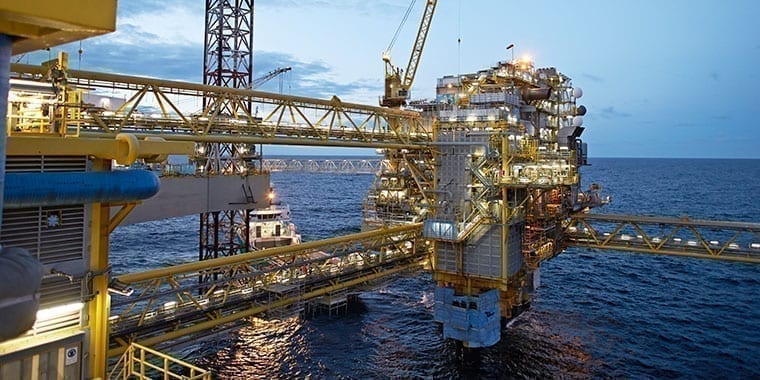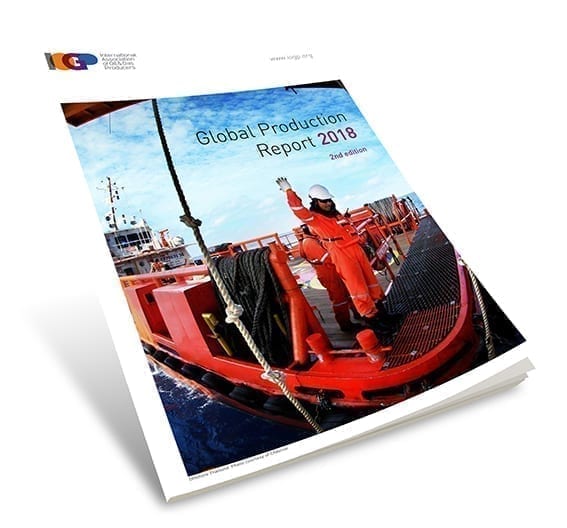
Stabilizing production offset by higher rise in gas demand
Despite stable production levels, a third consecutive year of demand growth signals the need to keep up strategic investments in natural gas exploration & production.
- Production: Norway produces more than half of Europe’s indigenous gas
- Demand: Demand on the rise again
Record imports a consequence of higher demand

rise in demand. It shows that Europe is still managing
to produce almost half of its annual consumption –
an achievement that can continue with the right
policies in place for this cleaner-burning fuel.
As recently as 2012, Europe could rely on indigenous natural gas production to meet just over half of its needs. That is no longer the case.
However, the cause of this trend has changed – unlike previous years, it is no longer falling production but a rise in demand, driven by industrial use and higher demand in power generation. Gas is replacing coal in parallel with the rise of renewable energies in response to climate change concerns.
Europe’s own natural gas production rose from 238 billion cubic metres in 2016 to 242 billion cubic meters (bcm) in 2017.
Looking back 10 years, production is 16% lower today than in 2007. Peak natural gas production for Europe was in 2004, when the region produced 318 billion cubic meters
Only Norway has bucked the depletion trend. While UK gas production dropped by 44% in a decade and the Netherlands’ went down 42%, Norway actually produced more gas in 2017 than it did in 2007: 123 billion cubic metres versus 90 billion cubic metres – an increase of 38%. As a result, Europe’s biggest producer has a 51% share of production for the region: It produces more than all the other European nations combined.
In 2017, the UK produced 17% of Europe’s gas and the Netherlands’ share was 15%. Other producers are Germany, Italy and Poland.

A fuel increasingly in demand
Europe consumes about 15% of the world’s gas production.
In 2017, gas demand was 530 billion cubic metres – considerably higher than the 460 billion cubic metres consumed in 2014 but marginally less than just before the financial crisis of a decade ago.
Germany is Europe’s largest gas consumer, with 17% of the total. The UK came a close second with 15%, followed by Italy with 14%.
Looking at ten-year averages in demand, Europe’s appetite for gas has risen constantly, going from 290 billion cubic meters in the decade from 1978 to 1987 to an average of 520 billion cubic metres in the period from 2008-2017.
What remains and where
Europe’s gas resources are equivalent to 1.5% of the world’s proven reserves.
Norway holds the lion’s share of European resources, with 58%. Second place goes to the Netherlands with 22% and the UK is third with 6% of the region’s total.

Gas demand & production: a positive development for Europe
The rise in natural gas demand and production is a near-term positive development for Europe. It helps lower the carbon intensity of the energy mix when and where gas replaces more polluting energy sources such as coal, while reaping all the benefits that come with domestic production. However, the industry also needs to look at the long term and work with policymakers to ensure progress on technological and regulatory solutions whereby gas can contribute to deep decarbonisation of our societies.
Companies’ exploration efforts over the past few years are paying off. The fact that this year three major gas discoveries have happened in Europe (Cyprus, Norway and UK) shows there is still strong potential not only in new areas such as the Eastern Mediterranean and the Black Sea, but also in mature ones such as the North Sea and the Norwegian Continental Shelf.
Olav Aamlid Syversen, Chair of IOGP’s EU Committee


